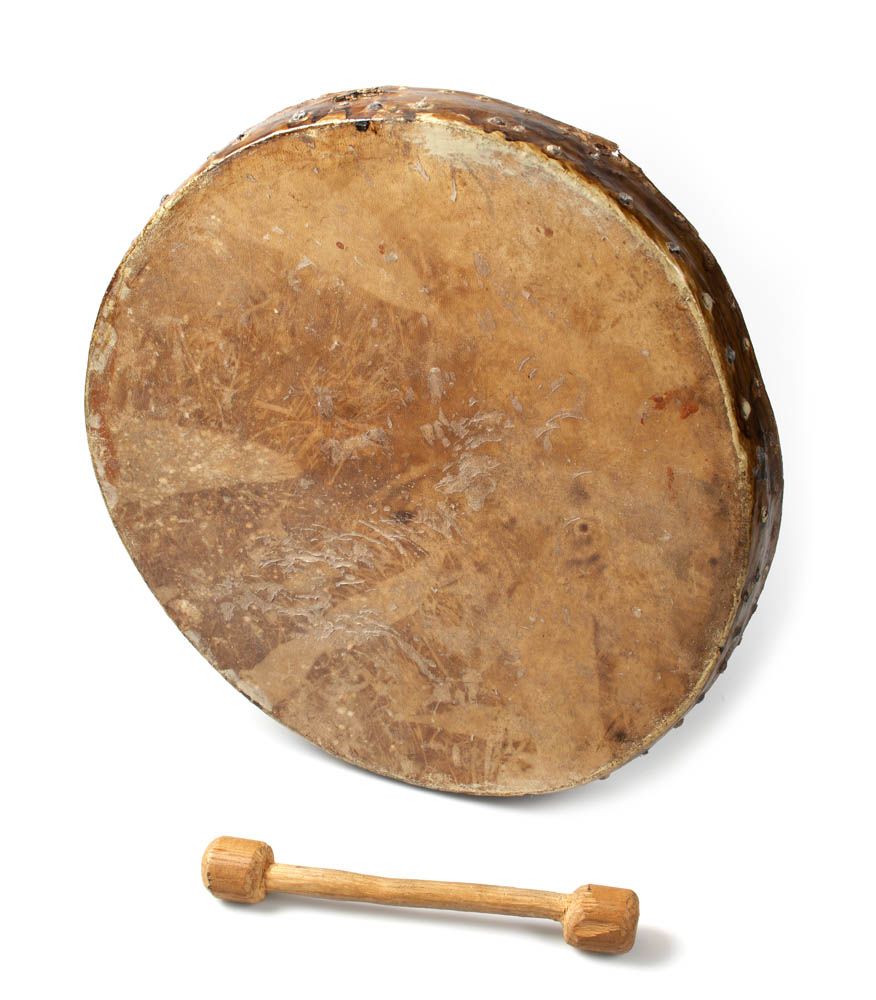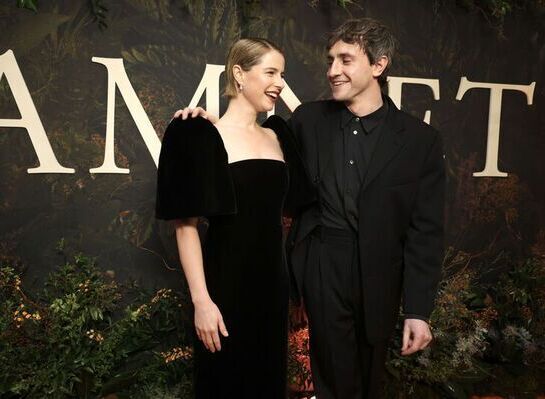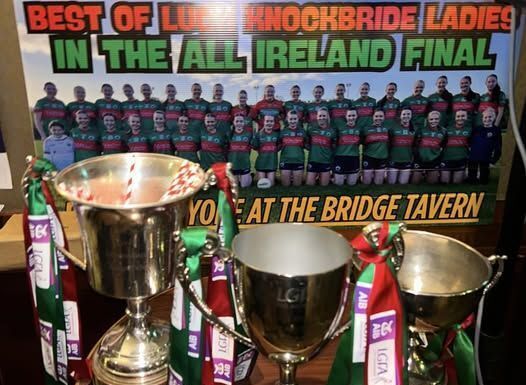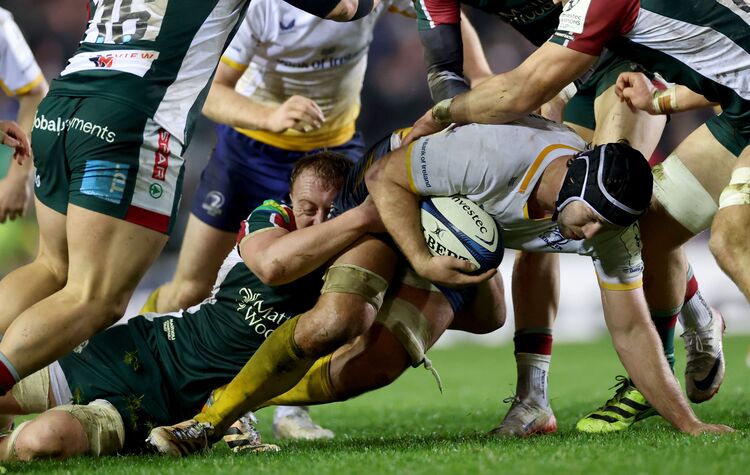Stop the presses, everyone – I lead this week with news of the bodhrán.
A few days back I received a text from the great Jimmy Keane that contained a YouTube link to something called “The REAL Story of the Irish Bodhrán.” Normally, I’d be wary of anything that purports in its title to tell the “real” story of anything, but I took a chance and you know what? This film is entertaining and informative, and something I think readers of this column would be interested in checking out.
Produced and hosted by Ruairi Glasheen. “The REAL Story of the Irish Bodhrán” is a multi-part documentary that explores at the instrument’s players, makers, history and lore. Glasheen, who has made other music-related films, is himself a bodhrán player and brings an enthusiastic sensibility to the subject matter.
In this first installment, Glasheen really gets things started with a visit to the National Museum of Ireland in County Mayo (museum.ie). There, he spends time with Clodagh Doyle, who works in the Museum’s Irish Folklife Collection and who treats him to a tour of the Museum’s holdings, including several bodhrán-shaped objects from their agriculture collection that may or may not have been used as musical instruments. Regardless, these objects give the viewer a glimpse into a fascinating aspect of the instrument’s history that isn’t always considered.
Glasheen then visits with musician and scholar Fintan Vallely, who talks about other of the Museum’s objects that were surely used as instruments. In his segment, he also provides an analysis of early artworks that include depictions of the instrument. Vallely’s input here is valuable and helps the viewer better understand the instrument’s emergence and place in Irish culture.
Glasheen takes viewers a step further, playing a 1927 recording (made in New York City) of John Reynolds and Tom Morrison that is widely considered to be the first recording that includes the sound of a bodhrán-like instrument. (Is it a bodhrán, though? Tune in and check out the conversation!)
Ultimately, Glasheen concludes that “the evolution of the [bodhrán’s] performance practice is just as interesting as the origins of the drum's name” as a way of tying this research into work he’s done on frame drums in other parts of Europe and widening the scope of the instrument’s background. He wraps up part one of his documentary with a brief interview with bodhrán maker Eamon Doolin and a bit of a bodhrán and banjo performance from Catherine Devaney and Aiofe Dunleavy that is quite charming.
“The REAL Story of the Irish Bodhrán” is an informative and enjoyable look at the bodhrán’s history. Geared to a more general audience, it’s definitely worth a look for those with a more intense interest in Irish traditional music. Not sure when the next segment will drop (it seems you have to subscribe to Glasheen’s YouTube channel “Ruairi Glasheen” for it), but I’ll definitely have a look when it’s available.
Two additional notes on the bodhrán. First: earlier this summer I was in Dublin and had dinner with Fintan Vallely, who showed me the manuscript for a book he’s written called “Beating Time” that takes a extraordinarily deep dive into the history of the instrument. Vallely is a shrewd and diligent researcher and I feel this book will prove to be a ground-breaking study. I can’t wait to dig into it and I will most certainly let readers know when it becomes available.
(Incidentally, Vallely is currently wrapping up work on the third edition of his “Companion to Irish Traditional Music.” The second edition is a crucially important reference work – I keep a copy on my desk and use it regularly. I eagerly await the new edition and will write about it when it’s released.)
Second, the great bodhrán player Anna Colliton. She has a new book coming called “Hide and Seek: An ears-first approach to interpreting rhythm and variation in Irish traditional melody.” I’ve had a peek at an early proof and it looks fascinating. Intended for intermediate and advanced players, it seems like it’ll fill a real need for players out there. I’ll do a write up on it as soon as the final product is on my desk. In the meantime, if you’re a bodhrán player I’d suggest keeping an eye open.
Finally: this week I received a bit of news from Dublin’s Irish Traditional Music Archive about a batch of sound recordings that have just been posted to their website. “In 2023,” the email states, “Pádraic Mac Mathúna began work cataloguing hundreds of hours of recordings from a variety of older collections in the Archive. Each month, he'll pick out a special selection of tunes he's discovered from these recordings.”
The recordings Mac Mathúna selected for July come from the collection of the great fiddler Larry Redican, a crucially important figure in the history of Irish music in New York. “Larry made recordings of musical sessions with his friends in New York in the 1950s and 60s as well as sending and receiving private recordings with personal greetings and music from the Pipers Club in Dublin.”
The recordings here are rare, non-commercial, and excellent. They feature the likes of Redican, Paddy O’Brien, Andy McGann, Brendan McGlinchy, Sean Keane, Sean McGuire, Joe Burke, Jack Coen, Felix Dolan, and others. These names will resonate fully with readers in New York and should be considered “must listen” for traditional music fans from all over.
To find this month’s playlist, visit here, float your cursor over the word “Collections” in the toolbar and when the dropdown menu appears click on the word “Listen.” The link to “Pádraic Mac Mathúna’s Monthly Picks | July 2023” should be right at the top. (While you’re at it, maybe have a listen to last month’s playlist as well, which featured rare recordings made by Tom Davis, who recorded thousands of hours of live music since the 1960s!)
I recommend subscribing to ITMA’s newsletter (which you can do at here) to stay abreast of all the cool stuff they’re doing there – they’re a brilliant organization.








